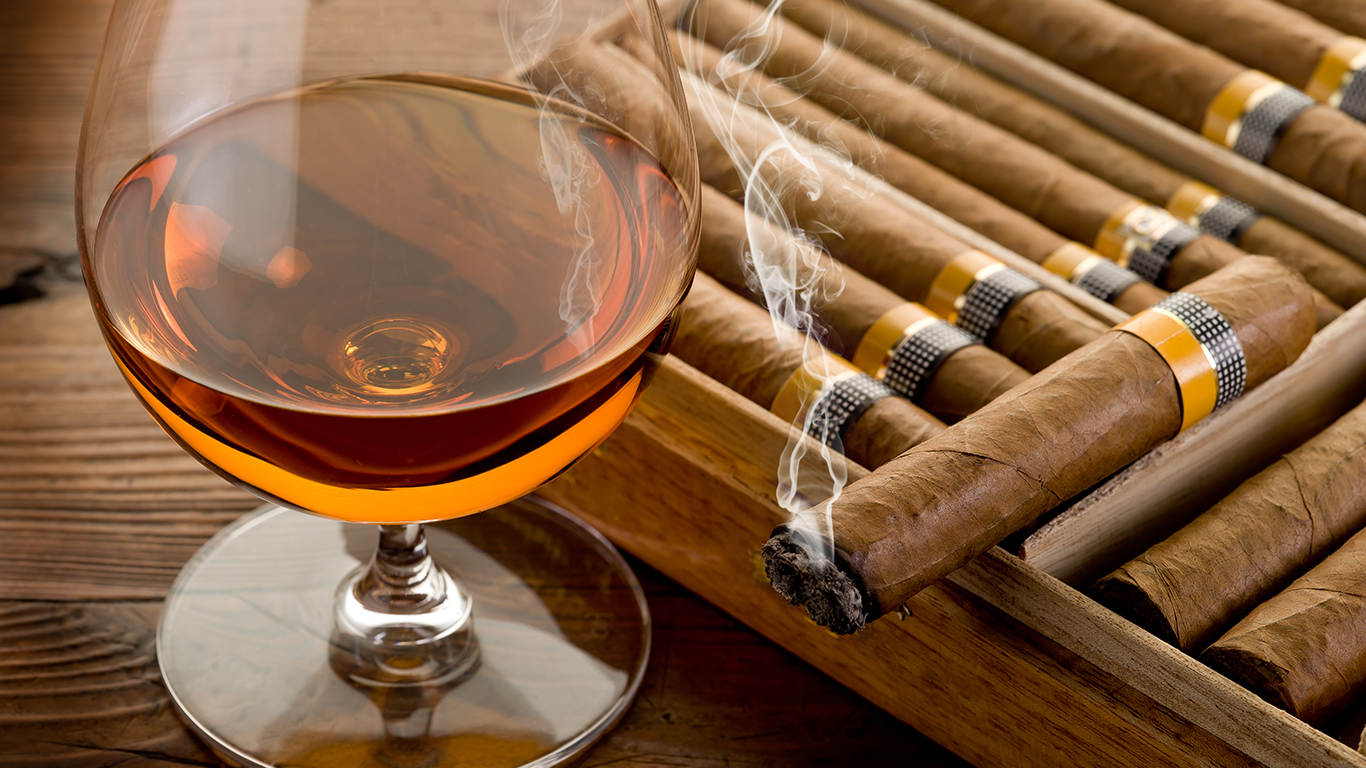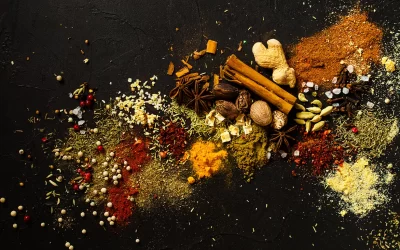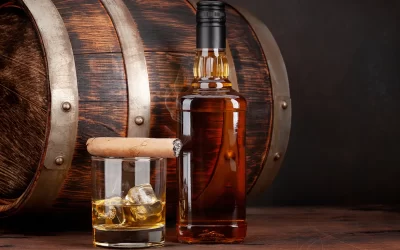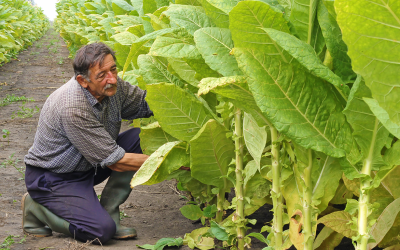For aficionados and newcomers alike, the pursuit of a good cigar is an art form in itself. It involves deciphering subtle nuances, understanding the language of tobacco, and appreciating the craftsmanship that goes into creating each unique smoke. In this comprehensive guide, we’ll explore the key factors that distinguish a good cigar, allowing you to navigate the world of premium tobacco with confidence.
Assessing the Wrapper
The wrapper is the first visual cue, and it holds valuable information about the cigar’s overall quality. Look for a smooth, seamless appearance without visible blemishes. A good wrapper should be free of tears, discolorations, or prominent veins. Additionally, the texture should be silky, and a slight oily sheen can indicate proper aging and fermentation. The color can also indicate the tobacco’s origin and the aging process, with darker wrappers often suggesting a longer aging period.
Aroma: The Prelude to Flavor
Before lighting up, engage your senses by assessing the aroma of the unlit cigar. A good cigar will emit a rich, complex fragrance, offering hints of the tobacco blend within. The aroma provides a preview of the flavors to come, allowing you to anticipate the smoking experience. Take note of any undesirable odors, as off-putting scents may indicate issues with the tobacco or improper storage conditions.
The Feel: Firmness and Consistency
Gently squeeze the cigar between your fingers, assessing its firmness. A good cigar should have a consistent and slightly springy feel. Uneven or excessively soft spots may indicate construction issues, potentially affecting the draw and burn of the cigar. Pay attention to any lumps or soft spots, as these can affect the overall smoking experience.
Cap Construction
The cap is the closed end of the cigar that you cut before smoking. A well-made cap should be neatly applied and symmetrical. An uneven or sloppily applied cap can affect the draw and may indicate a lack of attention to detail during the rolling process. Additionally, inspect the area around the cap for any small tears or imperfections that could impact the overall integrity of the cigar.
Checking the Foot
Examine the foot of the cigar, the end you light. The tobacco leaves should be neatly packed, and the foot should appear even. An unevenly packed foot can lead to an uneven burn, disrupting the overall smoking experience. Look for any loose or protruding tobacco, as this may affect the cigar’s burn and draw, resulting in an inconsistent smoking experience.
Inspecting the Band
While the band may be seen as a mere accessory, it can convey important information about the cigar. Legitimate premium cigars often have well-designed, detailed bands that reflect the brand’s dedication to quality. Sloppily designed or poorly printed bands may suggest a lack of attention to detail. Additionally, ensure that the band is not adhered too tightly, as this could potentially damage the wrapper when removed.
Cigar Construction
The overall construction of a cigar is a crucial factor in determining its quality. A well-constructed cigar should have a straight shape without any noticeable curves or bends. The seams, where the wrapper leaves meet, should be nearly invisible, indicating skilled craftsmanship. A consistently packed and well-rolled cigar contributes to a smooth draw and even burn. Inspect the cigar for any soft spots or irregularities in the filler, as these can impact the overall smoking experience.
The Cut: Precision Matters
A precise cut is essential for a good smoking experience. Use a sharp cutter to create a clean and even cut, avoiding any tearing or fraying of the cap. The cut should be just above the shoulder of the cigar to ensure an open draw without compromising the structural integrity of the cigar. Take your time with the cut, ensuring it is smooth and even to prevent any unraveling of the wrapper during the smoking process.
Assessing the Draw
Once cut, test the draw by taking a few cold draws before lighting. A good cigar should offer a smooth and slightly resistant draw, indicating a well-constructed cigar that allows you to control the airflow as you smoke. If the draw is too tight, it may be a sign of over-packing or inadequate rolling, potentially leading to a frustrating smoking experience. Conversely, an overly loose draw could indicate issues with the filler density.
Lighting and Initial Burn
As you light the cigar, observe how evenly it ignites. A good cigar should have a uniform burn, creating a well-defined cherry. Uneven or tunneling burns may be indicative of construction issues or improper storage. Pay attention to the color and texture of the smoke produced during the initial burn, as these factors can provide insights into the quality of the tobacco and the curing process. A consistently lit and well-burning cigar ensures a more enjoyable and even smoking experience.
The Ash: Clues to Quality
A solid ash is a sign of a well-constructed cigar. A cigar with a firm ash that holds for a decent length suggests quality tobacco and skilled craftsmanship. Additionally, the color of the ash can provide insights into the curing and
fermentation processes. A white or light gray ash is generally considered desirable, while dark or unevenly colored ash may indicate issues with the tobacco or construction. Pay attention to how the ash falls, as a flaky or uneven ash may suggest problems with the rolling or the overall composition of the cigar.
Flavor Evolution
A good cigar offers a complex and evolving flavor profile as you smoke. Pay attention to the initial, middle, and final thirds of the cigar, noting any changes in flavor, intensity, or nuances. A well-blended cigar will provide a balanced and enjoyable experience from start to finish. Consider the interplay of flavors, such as sweetness, spiciness, and earthiness, as these contribute to the overall complexity of the cigar. Take your time to savor each puff, allowing the flavors to unfold and evolve throughout the smoking session.
In Conclusion
Identifying a good cigar involves a multi-sensory evaluation, from the visual inspection of the wrapper to the nuanced experience of the flavor evolution. By mastering these key elements, you’ll be well-equipped to discern quality cigars, ensuring that each smoke is a delightful journey into the world of premium tobacco. As you embark on your quest for the perfect cigar, let these guidelines serve as your compass, guiding you towards the refined pleasures that only a well-crafted cigar can deliver. Remember, the pursuit of a good cigar is not just about smoking; it’s about embracing the craftsmanship, artistry, and tradition that define the world of premium tobacco.




